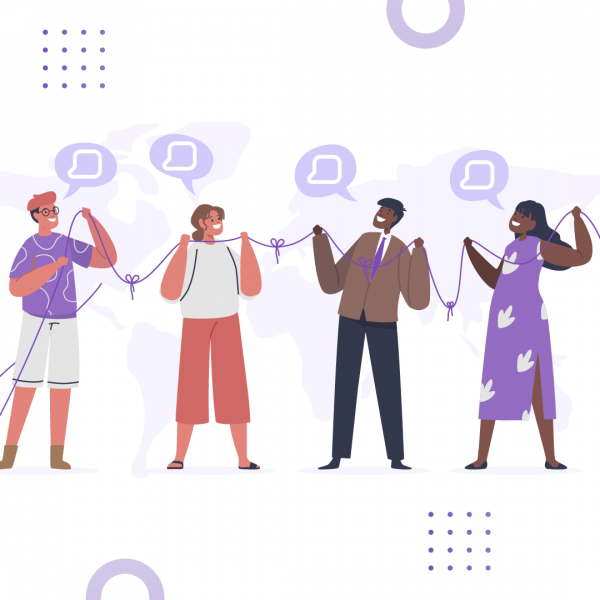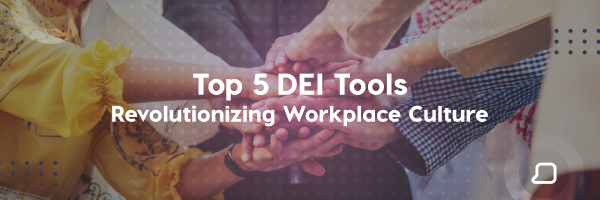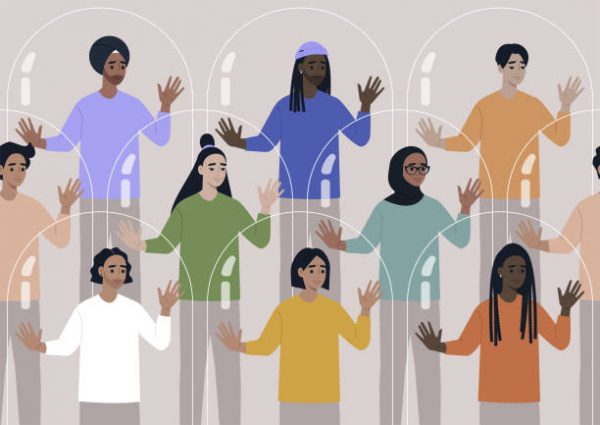
In an era where diversity and inclusion are integral to success, organizations must adopt comprehensive strategies to create inclusive workplaces. This blog explores key practices across hiring, policies, communication, advancement, recognition, coworker relations, training, and progress measurement.
| Key Takeaways |
|---|
|
Blind Recruitment: Removing Bias From The Beginning
Blind recruitment involves eliminating personal information from the hiring process to reduce biases. Studies, such as one conducted by Zippia, found that blind hiring increases the likelihood that women are hired by 25-46%. Leading organizations, like Google and Microsoft, utilize software that anonymizes resumes, ensuring decisions are based solely on skills and qualifications.
Diverse Panel Interviews: Broadening Perspectives
A Greenhouse Software survey indicates that 68% of candidates believe that a “diverse interview panel is fundamental to better hiring experiences and outcomes, showing that DE&I is top of mind.” Industry giants, including Google and Microsoft, actively promote diverse interview panels to incorporate a variety of perspectives in the hiring process.
Inclusive Policies: Nurturing a Supportive Environment
Companies like Salesforce and IBM have successfully implemented flexible work arrangements, resulting in improved productivity and morale. Clear Diversity, Equity, and Inclusion (DEI) policies, as demonstrated by Intel and Accenture, showcase a commitment to fostering diversity.
Open Communication: Building Bridges Through Support & Feedback
Supporting Employee Resource Groups (ERGs) enhances communication, collaboration, and a sense of belonging among employees. According to research conducted by ZipDo, ERGs can contribute up to a 14% increase in employee retention rates. Anonymous feedback channels, used by many companies, encourage honest communication, vital for a healthy workforce.
Equality in Advancement: Leveling the Playing Field
Mentorship programs, as seen at IBM and Cisco, contribute to career development and increased job satisfaction. Equal opportunities for professional development, a focus for Amazon and Deloitte, play a crucial role in fostering diversity and inclusion.
Recognizing Diversity: Celebrating Differences
Recognition programs that celebrate diverse contributions, exemplified by Coca-Cola and Johnson & Johnson, lead to increased employee engagement and satisfaction. Visual representation, as practiced by Airbnb and Nike, is crucial for creating an inclusive workplace. Research conducted by Deloitte found that companies with higher levels of diversity also have 22% lower turnover rates.
Learn Coworkers’ Names: A Simple Gesture with Significant Impact
Pronouncing coworkers’ names correctly is linked to respect and inclusivity. A Namecoach study found that nearly three-quarters of workers have struggled with name pronunciation at work, leading to them feeling unseen and unengaged. Namecoach aids in correctly learning and pronouncing colleagues’ names, contributing to an increase in employee satisfaction related to belonging and inclusion.
DEI Training: Nurturing Awareness and Understanding
Research from Bain & Company finds that implementing DEI training improves ethnic and racial representation, leading to a 9% to 13% increase in minorities in management roles after five years. Companies like Goldman Sachs and IBM have shown an increase in awareness and understanding of diversity issues among employees by implementing diversity and inclusion training.
Measure Progress
Regular assessments of workplace DEI efforts are crucial for ongoing improvement. Microsoft and Google conduct regular DEI audits to evaluate their progress and identify areas for improvement. Analyzing data on promotion and retention helps identify disparities, ensuring equitable opportunities for career advancement.
Fostering diversity and inclusion is not a one-time effort but a continuous journey that requires commitment and a multifaceted approach. Organizations that prioritize these practices are not only creating a more inclusive workplace but also positioning themselves for long-term success in our diverse world.









